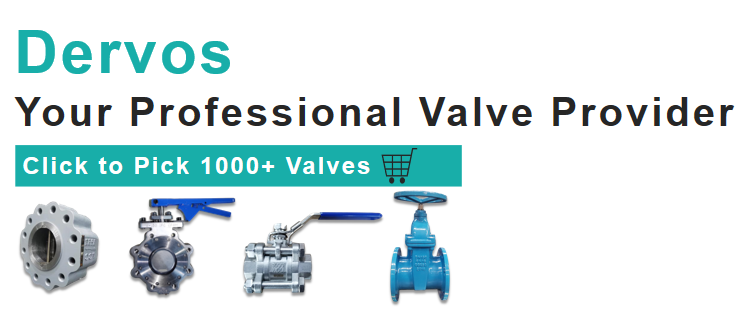Does a ball valve reduce water flow? Understanding Flow Characteristics and Pressure Drop
In industrial fluid control systems, ball valves are one of the most widely used valve types due to their compact design, rapid opening and closing, and excellent sealing performance. However, during the selection process, many engineers and users often have a common question: Do ball valves affect water flow? This article will explore the actual impact of ball valves on water flow from the perspectives of flow characteristics and pressure drop, and provide practical suggestions.

1. Basic Structure and Flow Capacity of Ball Valves
A ball valve is a valve that controls the flow of fluid by rotating a ball with a hole through it. When the hole aligns with the pipe's axis, water can flow freely with minimal resistance. This design is the core of the ball valve's "low flow resistance" characteristic. Based on the size of the hole, ball valves are typically divided into: - Full Port Ball Valve: The bore diameter is equal to the pipe diameter, resulting in very little pressure drop and having almost no impact on water flow velocity. It is suitable for systems with high flow requirements. - Reduced Port Ball Valve: The bore is slightly smaller than the pipe diameter, causing a certain pressure drop. However, it is relatively low-cost and suitable for situations with space constraints or moderate flow requirements.
2. Analysis of Ball Valve’s Impact on Water Flow
(1) Pressure Drop Generation
Although ball valves are designed to minimize flow resistance, in practical use, they still cause a slight pressure drop due to their structure and operating conditions (Pressure Drop). This effect is amplified when there are multiple elbows, valves, or high-viscosity fluids in the pipeline system.
In reduced port ball valves, the fluid undergoes contraction and expansion when passing through a smaller channel, creating localized turbulence that results in a higher pressure drop. While this pressure drop has minimal impact on low-pressure water systems, it may require additional attention in high-precision control systems.
(2) Flow Control Capability
Ball valves are not designed for precise flow regulation (unless it is a specially designed control ball valve like a V-port ball valve). The opening and closing characteristics of a ball valve are "quick-opening," meaning the relationship between valve opening and flow rate is non-linear. As a result, ball valves are better suited as on/off valves for fully open or fully closed applications, rather than for fine flow control.
3. How to Minimize the Impact of Ball Valves on Water Flow?
(1) Choose the Right Size and Port Type: If strict flow rate requirements are in place, it is recommended to choose full port ball valves.
(2) Pay Attention to Installation Direction and Valve Position: Ensure that the valve is installed coaxially with the pipeline to avoid misalignment that could cause fluid disturbance.
(3) Avoid Excessive Accessories Before and After the Ball Valve: Avoid excessive fittings such as elbows and filters near the valve to reduce accumulated pressure drop.
(4) Regular Maintenance: Dirt or sediment buildup inside the valve can also affect flow, especially when dealing with unfiltered water. Regular maintenance and cleaning are essential to ensure optimal performance.
FAQ
Q1: What is the difference in water flow between a full port ball valve and a reduced port ball valve?
A full port ball valve has almost no impact on flow, while a reduced port ball valve may cause a 5%-15% reduction in flow, depending on the pipe diameter and pressure.
Q2: Is a ball valve suitable for regulating water flow?
Standard ball valves are not ideal for frequent flow regulation. It is recommended to use specialized models like V-ball valves for control applications.
Q3: Will using a ball valve cause a drop in water pressure?
In systems with low flow or proper configuration, the pressure drop is negligible. However, in complex piping systems, localized pressure drops should be evaluated.
Q4: Can a ball valve be used in residential water pipes?
Yes, it can, especially for main water lines or hot water systems, due to its excellent sealing performance and ease of operation.




 The
The